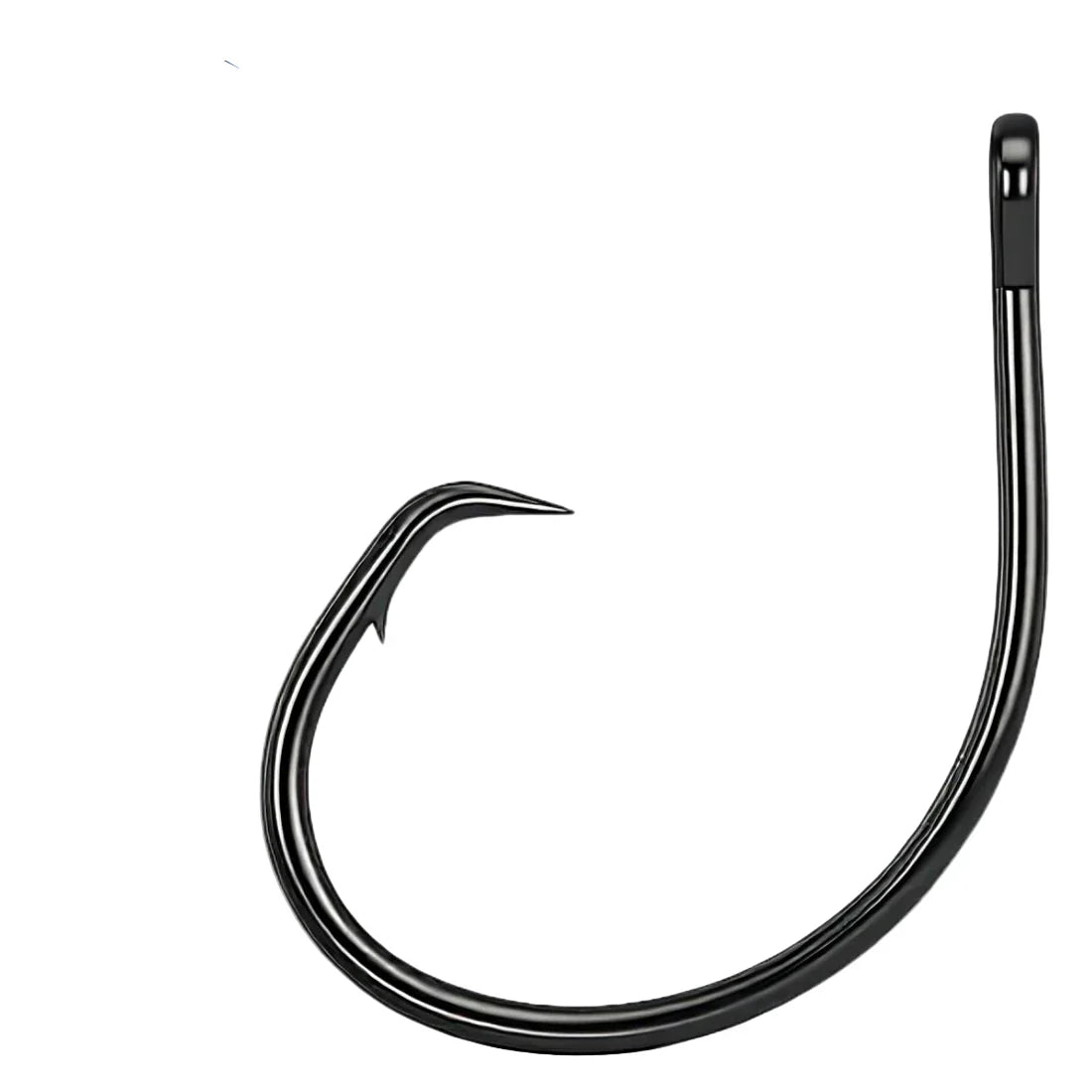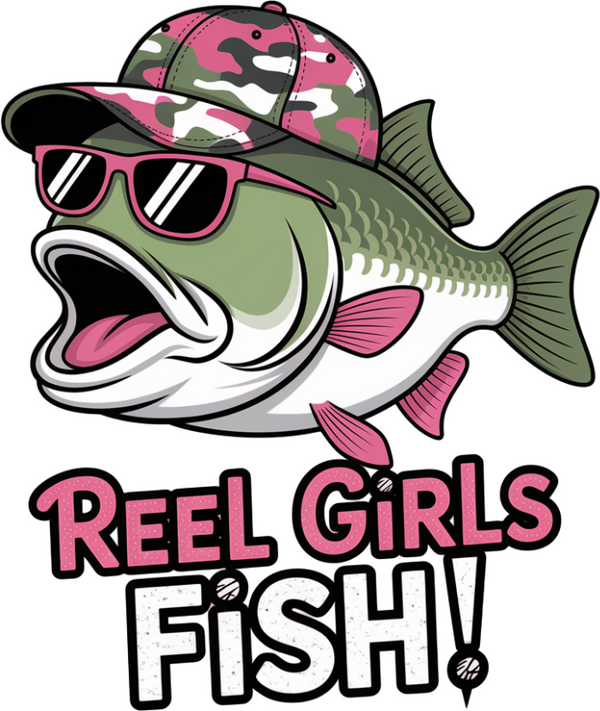
The Benefits of Fishing with Circle Hooks
Share
Why Anglers Across Australia Are Making the Switch
Introduction
Fishing is an iconic pastime in Australia, enjoyed on the coast, rivers, and lakes from the Top End to Tassie. As sustainability and responsible angling become more important, many fishos are looking for ways to protect both the environment and their catch. Enter the circle hook: a simple change to your tackle that can make a world of difference.
What Are Circle Hooks?
Unlike traditional J-hooks, circle hooks feature a rounded, circular shape with the point turned sharply back towards the shank. This unique design encourages the hook to slide into the corner of a fish’s mouth during the fight, rather than snagging deep inside.
Key Benefits of Circle Hooks
· Improved Catch and Release Survival
· One of the biggest benefits of circle hooks is their ability to reduce deep hooking. Since the hook is more likely to set in the mouth rather than the gut or gills, fish are less likely to suffer serious injuries. This dramatically increases their survival rates when released, supporting healthy fish populations for future generations.
· Better for the Environment
· Circle hooks help minimise unintentional harm to non-target species, like undersized fish or protected marine life. By lowering the chances of internal injury, they promote responsible angling and help maintain the delicate balance of our waterways.
· Increased Hook-Up Rates
· Despite being designed for conservation, many anglers report that circle hooks actually increase their hook-up rates. The unique shape allows the hook to catch securely in the corner of the mouth as the fish swims away, resulting in more reliable hook-sets and fewer lost fish.
· Easy to Use
· Circle hooks are a breeze to use—just thread your bait as usual and avoid striking hard when you get a bite. Instead, simply apply steady pressure and let the hook do the work. This makes them ideal for both seasoned pros and weekend warriors alike.
· Legal Compliance
· In some parts of Australia, particularly in areas managed for sustainability, using circle hooks is not just a suggestion—it’s the law. Adopting circle hooks ensures you’re doing the right thing and keeping on the right side of fisheries regulations.
Tips for Fishing with Circle Hooks
· Choose the right size for your target species to maximise effectiveness.
· Thread your bait so the hook point remains exposed.
· Don’t strike—just wind up the slack and let the fish hook itself.
· Check local regulations to see if circle hooks are required where you’re fishing.
In Western Australia, circle hooks are highly effective for catching a wide range of saltwater and freshwater species, especially when practicing catch-and-release.
Here’s a breakdown of popular target species and why circle hooks are a smart choice:
🐟 Common Fish Caught on Circle Hooks in WA
Saltwater Species
- Snapper (Pink Snapper) – Often caught on bait rigs; circle hooks reduce deep hooking.
- Dhufish – A prized bottom dweller; circle hooks help preserve breeding stock.
- Baldchin Groper – Common on reefs; circle hooks aid in safe release.
- Threadfin Salmon – Found in estuaries and coastal waters; responsive to baited circle hooks.
- Trevally (GTs and others) – Aggressive fighters; circle hooks hold well in the jaw.
- Spangled Emperor – Reef species that take bait readily.
- Mackerel (Spanish, School) – Fast predators; circle hooks work well with live bait.
- Tuna (Yellowfin, Longtail) – Circle hooks are ideal for trolling or live bait setups.
Freshwater & Estuarine Species
- Barramundi – Found in northern WA estuaries and rivers; circle hooks reduce injury during release.
- Black Bream – Estuary favorite; circle hooks improve hook-up rates with minimal damage.
- Murray Cod – Though more common inland, stocked populations exist; circle hooks are recommended for catch-and-release.
✅ Why Use Circle Hooks in WA?
- Legal & Ethical Advantage: WA fisheries promote sustainable practices. Circle hooks help comply with size and bag limits by reducing gut hooking.
- Catch & Release Friendly: Hooks typically lodge in the corner of the mouth, making unhooking easier and safer for the fish.
- Great for Bait Fishing: Whether you're using pilchards, squid, or live bait, circle hooks maintain natural presentation and improve hook-up ratios.
If you're targeting specific species like snapper or dhufish, pairing circle hooks with a running sinker rig or paternoster setup is ideal. Want help choosing the right hook size for your next trip? I’d be happy to tailor a guide based on your gear or target fish.
Conclusion
Switching to circle hooks is a simple and effective way to practice responsible fishing in Australia. By improving catch and release survival, protecting our waterways, and even boosting your catch rates, circle hooks are a win-win for anglers and the environment. So next time you head out with your mates, consider making the switch—you might just land the catch of the day while doing your bit for the future of fishing Down Under.
